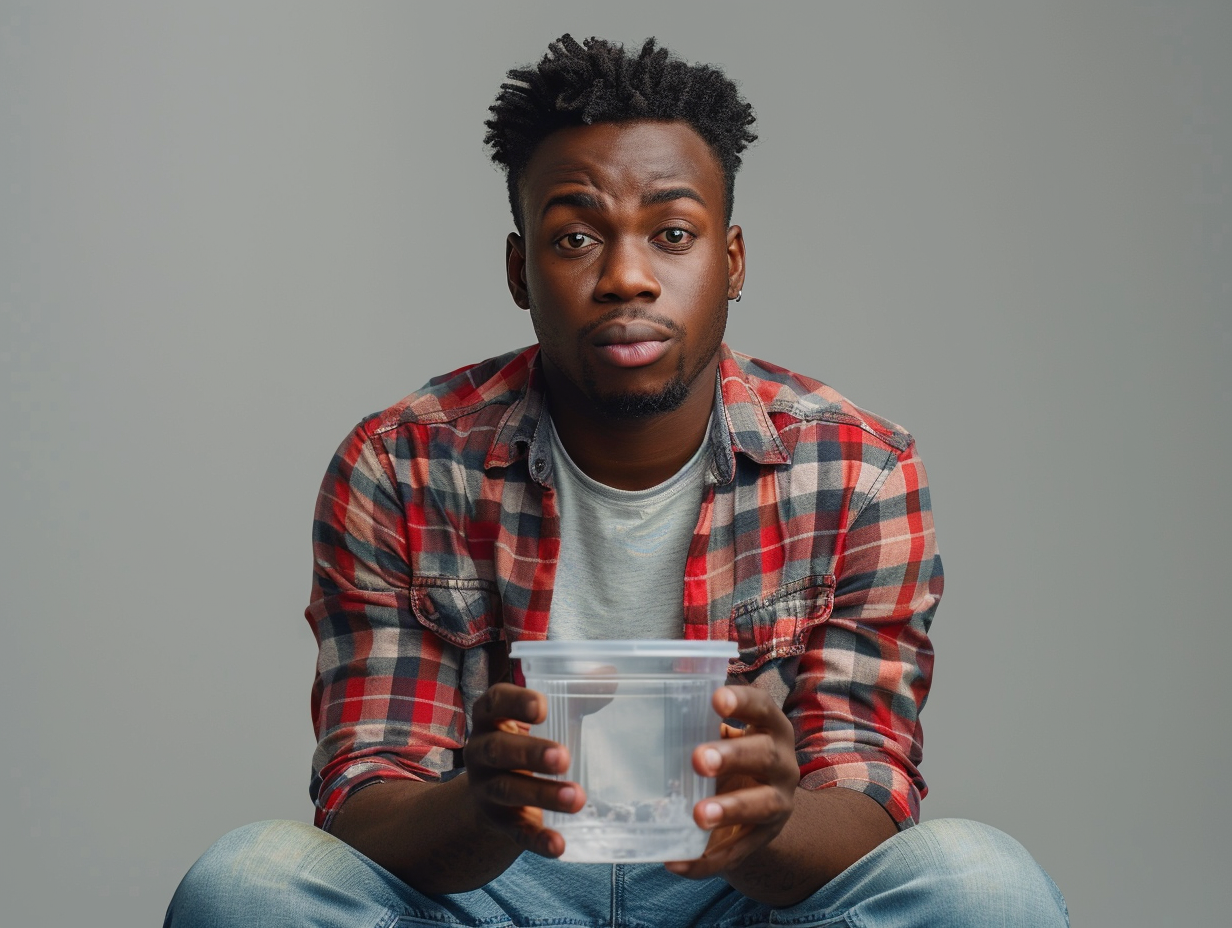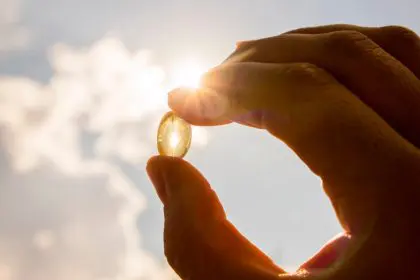Just when you thought plastic pollution couldn’t get any scarier scientists dropped a bombshell. They’ve found microplastics lurking in human brains and the implications are seriously freaky. A groundbreaking study published in JAMA Network Open just confirmed our worst fears about these tiny plastic invaders.
These 5 findings will make you rethink everything
- Scientists found microplastics in the part of the brain controlling our sense of smell proving these particles can sneak past our body’s natural defenses. This discovery suggests they might be linked to problems with smell and possibly even memory.
- These aren’t just random pieces of plastic. The particles found were specifically traced back to common items we use every day like water bottles food containers and synthetic clothing showing how our daily habits might be affecting our brains.
- The particles are getting in through multiple routes including breathing eating and skin absorption. Every breath of air and bite of food could be delivering these microscopic plastic bits straight to our bodies.
- The scariest part? These plastics might be contributing to serious brain diseases. Scientists are investigating connections between microplastic exposure and conditions like dementia and other neurological problems.
- The study found that everyone tested had some level of microplastics in their brain tissue. This means no one is immune regardless of lifestyle or location.
How these plastics are sneaking into our brains
Think of your nose as a highway straight to your brain. Scientists discovered that microplastics are using this route like a sneaky shortcut bypassing our body’s usual security systems. These particles are so tiny they can float through the air we breathe and travel directly from our nostrils to our brain tissue.
The everyday items putting you at risk
The plastic invasion starts with things you probably use every day. Single-use water bottles food containers synthetic clothing and even cosmetics can all release microplastics. When these items break down they create tiny particles that end up everywhere including apparently in our brains.
What this means for your health
While scientists are still figuring out exactly how dangerous these brain-invading plastics might be the early signs aren’t great. These particles could be triggering inflammation disrupting normal brain function and potentially contributing to serious neurological conditions. The real kicker? We might not know the full effects for years to come.
The limitations of current research
Let’s keep it real, this research is still in its early stages. The study only looked at 15 people mostly men from São Paulo Brazil. Scientists need to study more people from different places to really understand what’s happening. Plus they’re still working on better ways to detect even smaller plastic particles.
How to protect yourself and your family
While you can’t completely avoid microplastics you can reduce your exposure. Switch to glass or stainless steel containers ditch single-use plastics and filter your drinking water. Be especially careful about heating food in plastic containers which can release more particles.
The bigger environmental picture
This isn’t just about individual health it’s a global crisis. These findings should be a wake-up call about plastic pollution. The plastics in our brains came from somewhere and that somewhere is our increasingly plastic-dependent world.
What experts are saying
Scientists and health experts are seriously concerned. They’re calling for more research stricter regulations on plastic production and better ways to detect these particles. Some are even suggesting we need to completely rethink how we use plastics in our daily lives.
The future of plastic pollution research
Scientists are now racing to understand more about these brain-invading plastics. They’re developing better detection methods studying different brain regions and looking for connections to various health conditions. The more they look the more they find.
What you can do right now
Start making changes today. Choose fresh unpackaged foods drink from reusable bottles and avoid synthetic fabrics when possible. Support businesses and policies that reduce plastic use. Remember every small change helps reduce the amount of plastic that could end up in someone’s brain.














